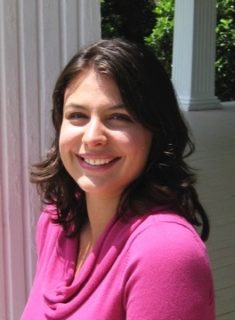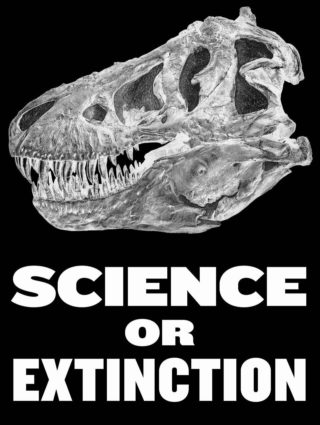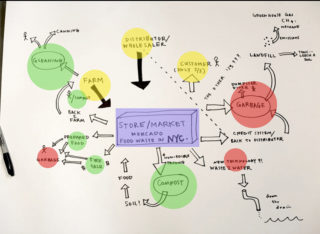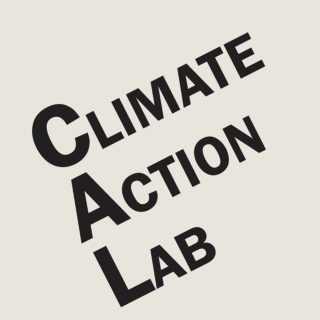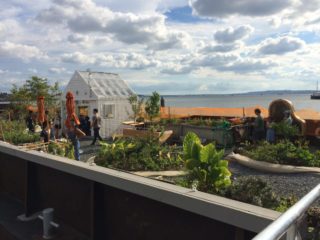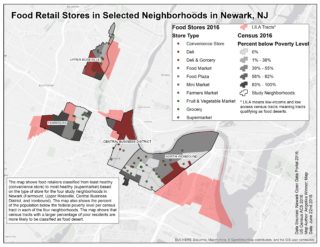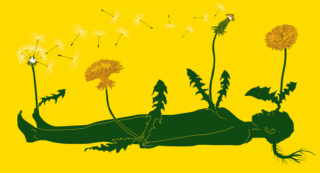Kaitlin Mondello
This is the inaugural year of the Climate Action Lab (CAL), a working group that brings together academic research, teaching and activism around issues affecting climate change, with a particular focus on our local communities in New York City.
Our first topic of discussion was food. The seminar focused on presentations by two local activist organizations, Added Value Farms and South Bronx United, that aim to disrupt the economic and health inequalities that capitalist systems of food production and distribution inflict on Red Hook, Brooklyn and the South Bronx respectively, which are primarily communities of color with high poverty rates. Representatives from these organizations, Saara Nafici and Mychal Johnson, outlined these inequalities, which include food deserts, food insecurity, and significantly higher rates of health problems (see the video and transcriptions of the presentations here). In this post, I consider how food systems and their inequalities are linked to environmental and social justice more broadly. In turn, I reflect on how we as educators can engage our students as researchers on these kinds of issues around food, especially in their own communities, and offer opportunities for students to become allies and potential activists in climate action through a commitment to local, sustainable and healthy food.
In her 2015 book The Mushroom at the End of the World: On the Possibility of Life in Capitalist Ruins, Anna Lowenhaupt Tsing focuses on how the matsutake mushroom circulates in a network of natural and capital environments. What she finds in this study is “a mosaic of open-ended assemblages of entangled ways of life, with each further opening into a mosaic of temporal rhythms and spatial arcs” (26). Through a study of a single food, Tsing opens her subject out into its various relationships in environmental systems that have become managed and manipulated by capitalist ones across the world. The mosaic is an apt metaphor for the ways that ecosystems and cultural practices become broken and shattered under global capitalism. For Tsing, this brokenness is the global condition of precarity (26) that is at once economic and environmental. The precarity of life under our current economic system has now produced the precarity of all life itself. In this way, food, as it is (mis)managed under capitalist systems, has become a major factor and concern in relation to climate change and environmental inequality.
Tsing’s book is one example of what the study of food can allow us to see: the systemic entanglements, both human and nonhuman, that emerge around eating. This kind of study and reflection around the everyday practice of eating was at the heart of a course I taught in Spring 2015 titled Food: Narratives of Health, Wealth and Place (see course site here, including the full syllabus) as an adjunct professor at Guttman, a new CUNY community college. Guttman has a mission to reach at-risk students and developed an innovative curriculum to attract and support these learners. As part of this new curriculum, students were enrolled in a single topic course called City Seminar that was taught by four faculty from different disciplines. As faculty, we decided to use the readily accessible topic of food as a way to explore the complex intersections of the economics, politics, culture, and health surrounding eating. City Seminar presented a unique framework for this kind of study. First, because of its curricular roots in Urban Education, we took New York City itself as our primary subject of inquiry, and second, City Seminar was designed as an interdisciplinary course in which students would examine the same topic from four different, intersecting angles (visual, quantitative, social, and literary). In thinking about a pedagogy of climate activism, and in the environmental humanities more broadly, Guttman’s City Seminar offers some possible insights on the roles that place-based and interdisciplinary education can and should play in environmentally themed courses.
In my course, I had students keep a food journal that began with very simple prompts about their favorite foods and restaurants that could then lead into class discussions that examined those choices in the context of the personal, familial, and cultural. From there, the journal entries moved toward examining food in their own neighborhoods, which led to broader discussions about local communities, economics, and politics. One week during the course, I took my students to nearby Bryant Park to survey the restaurants, products, prices, and trash related to food in the area and then had students compare these same factors in their own neighborhoods. This kind of experiential learning revealed the sharp economic disparity between affluent midtown and the surrounding boroughs in New York City, as well as larger unsustainable patterns of consumption and waste across the city.
Building on this first-hand knowledge, we worked with course texts that addressed the larger national and global contexts in which students’ experiences with food took place. These multiple levels of inquiry came together in students’ final research projects, which included projects on food deserts in the Bronx and Brooklyn, that students then contextualized with their own experiences, research on local organizations, and the course texts they had read. Our primary course texts included excerpts from Eric Schlosser’s Fast Food Nation, Raj Patel’s Stuffed and Starved, Michael Pollan’s The Omnivore’s Dilemma, Lauren Berlant’s “Risky Bigness,” Peter Singer and Jim Mason’s The Ethics of What We Eat, and Carol Adams’ The Sexual Politics of Meat, as well as shorter essays and films including Food, Inc. and Supersize Me. At the same time, it is important to question received narratives about food, including those in some of our course texts, that pathologize “health” in ways that are often both fat-phobic and racist.
As this range of access points for students indicates, to begin to engage students in thinking about environmental justice, course work needs to make space for students’ own experiences in their daily lives and then give students opportunities to connect these more familiar knowledges to broader conversations, both within and outside of the academy. The first step involves acknowledging and recognizing student experience as a form of knowledge and an object of inquiry. We do not want students to remain limited only to personal knowledge, but it can serve as an important and accessible entry point into understanding larger and broader social issues in which students’ lives are already enmeshed.
In our classrooms, food studies is a particularly accessible and generative field of study for climate action and environmental justice. Food is perhaps a less obvious area of inquiry for climate change than oil or even water, but it too is a natural resource that has become dangerously mismanaged in ways that create interlocking injustices for the health and economic well-being of humans (as Nafici and Johnson remind us), but also for all life in these broken ecosystems.
Works Cited
Tsing, Anna Lowenhaupt. The Mushroom at the End of the World: On the Possibility of Life in Capitalist Ruins. Princeton UP, 2015.

